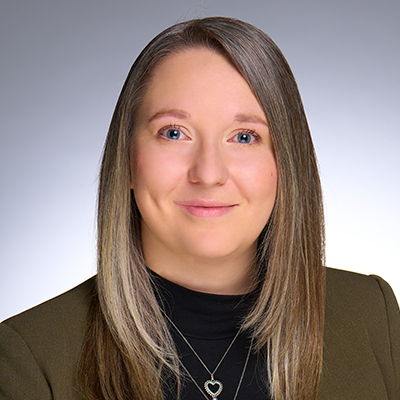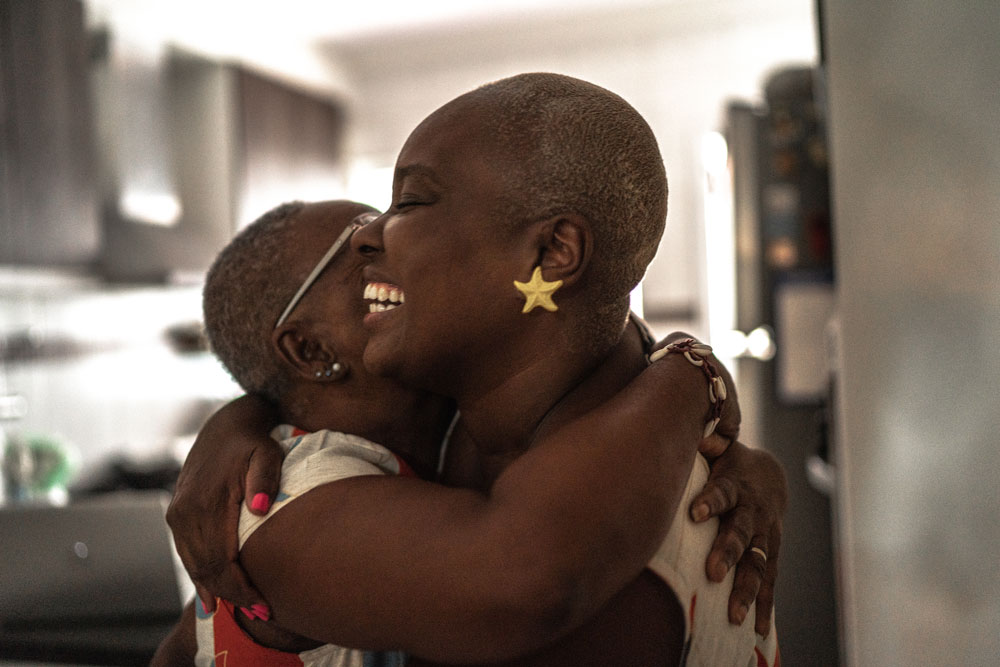Rachel Smith joins Parexel as Executive Director and Head of the Rare Disease, Center of Excellence
 Rachel Smith recently joined Parexel as Executive Director and Head of the Rare Disease, Center of Excellence. During Rachel’s first week, we asked her to share her professional experiences, her expectations for leading Parexel’s Rare Disease efforts, and her inspiration behind her work.
Rachel Smith recently joined Parexel as Executive Director and Head of the Rare Disease, Center of Excellence. During Rachel’s first week, we asked her to share her professional experiences, her expectations for leading Parexel’s Rare Disease efforts, and her inspiration behind her work.
Could you tell us about your experiences in healthcare and clinical research?
I started my career in study management (for a large Pharma company focused on respiratory and immune-inflammation. I quickly learned that this disease area didn’t spark a fire or passion for me so, I changed roles to a local project manager with a European CRO that was opening its first UK office. In this role, I did everything covering every aspect of clinical operations – regulatory to medical writing to QMS development and everything in between. That’s where I had my first taste of working in the rare disease space, with a rare pediatric epilepsy program, and I started looked for opportunities to immerse myself in this challenging area.
I moved to a niche CRO that managed the first gene therapy to be approved for a rare disease in the Western world. For me, being involved with a company that was on the cutting edge of science and doing things that had never been done before in such rare conditions is where I felt that I could have a meaningful impact on patients. This was what was going to get me out of bed in the morning. Rare disease is what I wanted to focus on.
Since then, I’ve continued to focus on rare diseases while also expanding into cell and gene therapy and pediatrics, which I think represent the trifecta of complexity. I started a Cell and Gene Center of Excellence and became involved with sponsors who had no experience in clinical trials but had amazing cell and gene products for rare diseases. I helped these sponsors link up with the right people in our organization, provide consultancy and navigate their development pathway from bench to market.
How were you inspired to start a career in clinical research? Why did you choose rare disease as a focus area?
I did an internship when I was at university and just loved being a study manager. A few months into the internship, with no prior background in study management, I was covering a high-profile clinical trial for someone who was on holiday. We found out that our last patient had to be withdrawn, which would delay the entire clinical development program unless we performed an emergency unblinding. No one from the department had any experience or ever responded to this type of situation, so I had to manage this independently, while adhering to GCP and SOPs. Thankfully, the patient was on placebo, and we avoided a costly delay on a business-critical program. Because of that experience, I really fell in love with the world of clinical trials and everyday challenges we need to solve. I absolutely loved it.
For rare disease, it leans into my inquisitive nature. As a small child, I loved to ask and understand how things worked. My parents thought I would be an engineer because anything they gave me would end up in pieces and then back together again, though, maybe not always working. Working in an area, such as rare disease, where we don’t have all the information and where we are still learning is interesting for me.
Most importantly, it’s about the patients. Often, these patients don’t have many, if any, treatment options and their doctors are doing their best to address and manage symptoms. When it comes to ultra-rare, extremely severe pediatric conditions, these children often don’t survive into adulthood. If I can get involved and help improve their quality of life in any way, however small, I know I have made a meaningful impact. Working in rare disease does not always mean a cure, it can mean just giving a patient the ability to pick something up or feed themselves or get into bed independently – the things many of us take for granted.
I’m passionate about finding ways to reduce the burden of clinical trials for these patients. They have to plan their lives around their healthcare, and if they are going to participate in a clinical trial that may or may not benefit them, reducing the burden is something that really drives me.
At Parexel, we do everything With HeartTM. What does that mean to you and how to you plan to model this in your role?
It’s thinking about the patient and their care bubble as more than just a number in a clinical trial, more than just their disease and more than their healthcare needs. It’s looking at the bigger picture — what impact their health condition has on them and what would be a meaningful difference to them.
Then working with clients as partners to put initiatives into place that minimize burden. For a rare disease trial, there may be 20 patients on a trial, but we have to treat every single patient differently. We have to think about their care needs and what is going to work best for them. We can’t assume that one-size-fits-all, because it doesn’t. Everyone is different. Everyone, whether it is rare disease or not, is different. We must always apply that principle and make sure that we are following through on our promises for these patients.
What are the biggest areas of opportunity in rare disease?
Rare diseases as a group are not actually rare — around 10% of the US and 6-8% of the EU suffer from a rare disease. This trend is being spotlighted by regulatory and health agencies globally and the rare disease market is extremely favorable right now. Drug developers are being offered incentives such as expedited regulatory reviews, market exclusivity and Priority Review Vouchers in the US. We are also seeing an uptake in newborn screenings, which we expect to see increasing rare disease patient numbers in the coming years, given that 70% of known rare diseases occur in childhood.
We are also expecting significant market growth over the next 8-10 years, especially as medicine is trending towards a personalized approach. This gives Parexel a unique opportunity to leverage our strengths in rare disease to support our clients from early consulting through their clinical development pathway to market and beyond.
But most importantly, we have a real opportunity here to put every rare disease patient first by engaging and including patients and their caregiver network in every step of the process. Ultimately, patients are why we all get out of bed in the morning — to make a difference in their lives, however big or small.
What are you most looking forward to in your new role?
Getting to know and work with the teams at Parexel. Working with the patient engagement team and Clare Grace is such an incredible opportunity. An organization — the only CRO that I’m aware of — that has a Chief Patient Officer really shows that Parexel is “putting its money where its mouth is,” as the expression goes. It’s exactly where I want to be.
What do you enjoy doing in your spare time?
I am super active, so I love anything outdoors — from running, kayaking, sky diving and hiking — anything sports-wise I love.
Recently, I went to the UEFA European Women’s Championship final to watch England win the Euros for the first time. As a former football player who had to fight to play football through school as it wasn’t an option for girls, it was amazing to be there and to see how far Women’s football has come in the UK and Europe so girls like me won’t have to fight so hard in future.






